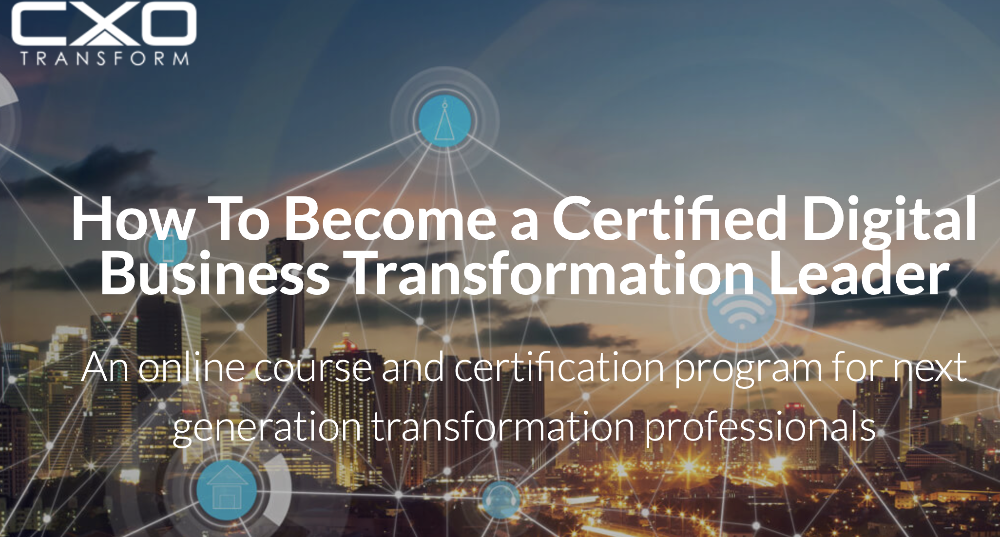Different types of people, in different contexts, creating different goals and plans. The first group listed below needs to convert their diverse opinions about agile software development, SaaS architectures and the future of SMACI into a coherent vision.
The second needs to determine how to make money while accommodating the changing regulatory requirements. While the latter has to innovate a new future while their main customer works out how to implement bundled payments.
- 7 leaders revising their software company’s vision.
- 38 leaders and managers designing their two banks’ post-merger integration.
- 542 pharmaceutical industry leaders assembling their industry innovation roadmap.
Each situation is different, yet the one thing they share is that they are a group of people with a shared topic who need to translate ‘We each think this…’ into ‘We all agree to do that’ in a way that will set them up for ‘We did it.’
In fact, when we looked closely at these engagements and stripped away all the things that make these and over 90 other groups unique, we found a single, common meta-process shared by all.
And it turned out that this common process is really an exercise in data insights. Data and opinions are the primary inputs, passing through a number of processing steps, to produce a set of goals and plans called a vision, a strategy, an integration plan, or an innovation roadmap.
Transformation project
- What are the data inputs required to produce those future business results?
- How do we ensure those inputs are gathered consistently and accurately?
- How do we revise the ‘processing’ steps to be the most effective and efficient? How do we adjust the traditional interview, meeting, workshop and other transformation activities to leverage people’s wisdom and creativity without suffering their flaws and group dynamics?
Management consulting has now been practised manually for over five decades. Rialto has innovated in this zone and delivers AI-C as a game-changing methodology which can successfully address any business challenge by optimising stakeholder alignment to an agreed action plan and road map.
AI-C is game-changing and optimises collaboration and alignment of any number of stakeholders – within one company or between 2 or multiple in industry coalitions.
AI-C measures alignment and sentiment which are the 2 critical elements researched by HBS to have in place before embarking upon any change or development programme.
AI-C helps leadership teams to get from “I think this” to “We all agree to that” and is faster and more accurate/complete than traditional consulting or internal leadership team change approaches.
Today’s multi-generational workforce increasingly value a voice and needs optimal alignment on future purpose using deeper insights to deliver a personalised, immersive data-driven change experience for stakeholders that will more effectively influence employee behaviours to think, act and react differently for positive business outcomes.
A typical team raises on average 167 opinions on a given topic and 61 barriers as to why it can’t be done. This is what AI-C surfaces and overcomes.
In a Deloitte survey of 1,500 senior executives in the US, 76% said AI would transform their companies within the next 3 years and 92% said the technology was “critical” or “very important” to their internal business processes and how they need to lead in the future.
Whether you’re developing and implementing a strategy, innovation, process, policy, programme or relationship, AI-C gives everyone a voice, accelerates business-focused learning, reduces bias, increases collaborative thinking and insights in relation to securing future business goals.
The methodology underpinning AI-C has been proven in 400+ projects globally amongst the Fortune 500, FTSE 1000, SMEs, Public and Government/Healthcare sectors.
Article by channel:
Everything you need to know about Digital Transformation
The best articles, news and events direct to your inbox








